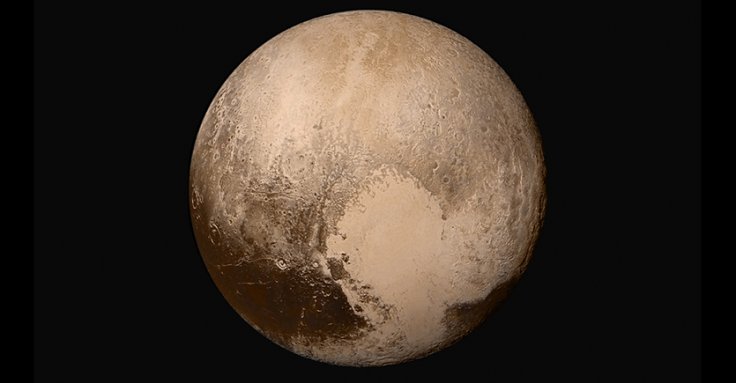
Pluto, the largest known trans-Neptunian dwarf planet, which was once considered a planet in the solar system will soon to face an atmospheric collapse.
A new study report published in the journal Astronomy and Astrophysics revealed that Pluto's frigid atmosphere will vanish by 2030. The study was carried out by a team of International researchers and they made use of 28 years worth of data before making this conclusion.
During the study, researchers monitored Pluto's surface pressure by observing ground-based occultation which usually happens when a celestial body blocks the light of distant stars. As Pluto passes in front of these light sources, scientists determined the amount of light absorbed by Pluto's atmosphere. Data used from these experiments helped scientists to track the changes in Pluto's atmosphere. Researchers also noted that the atmospheric pressure of Pluto had tripled from 1988 to 2016.
"What the study found was when Pluto is farthest away from the Sun and during its Winter in the Northern Hemisphere, nitrogen freezes out of the atmosphere. The atmospheric pressure has tripled over the past three decades, but as the planet orbits, our modelling showed that most of the atmosphere would condense out to almost nothing left," said Andrew Cole, an associate professor at the University of Tasmania's School of Natural Sciences and the lead author of the study, CNN reports.
Andrew Cole also added that if the current trend continues, Pluto's atmosphere will frost out and vanish by 2030.
It should be noted that Pluto will appear much brighter for observers on earth as the space body's red terrain will reflect more sunlight in the absence of atmosphere.









